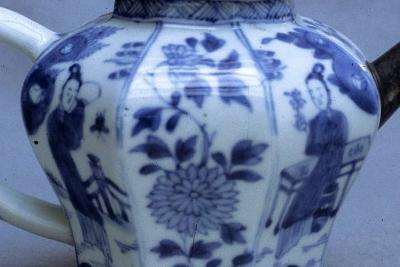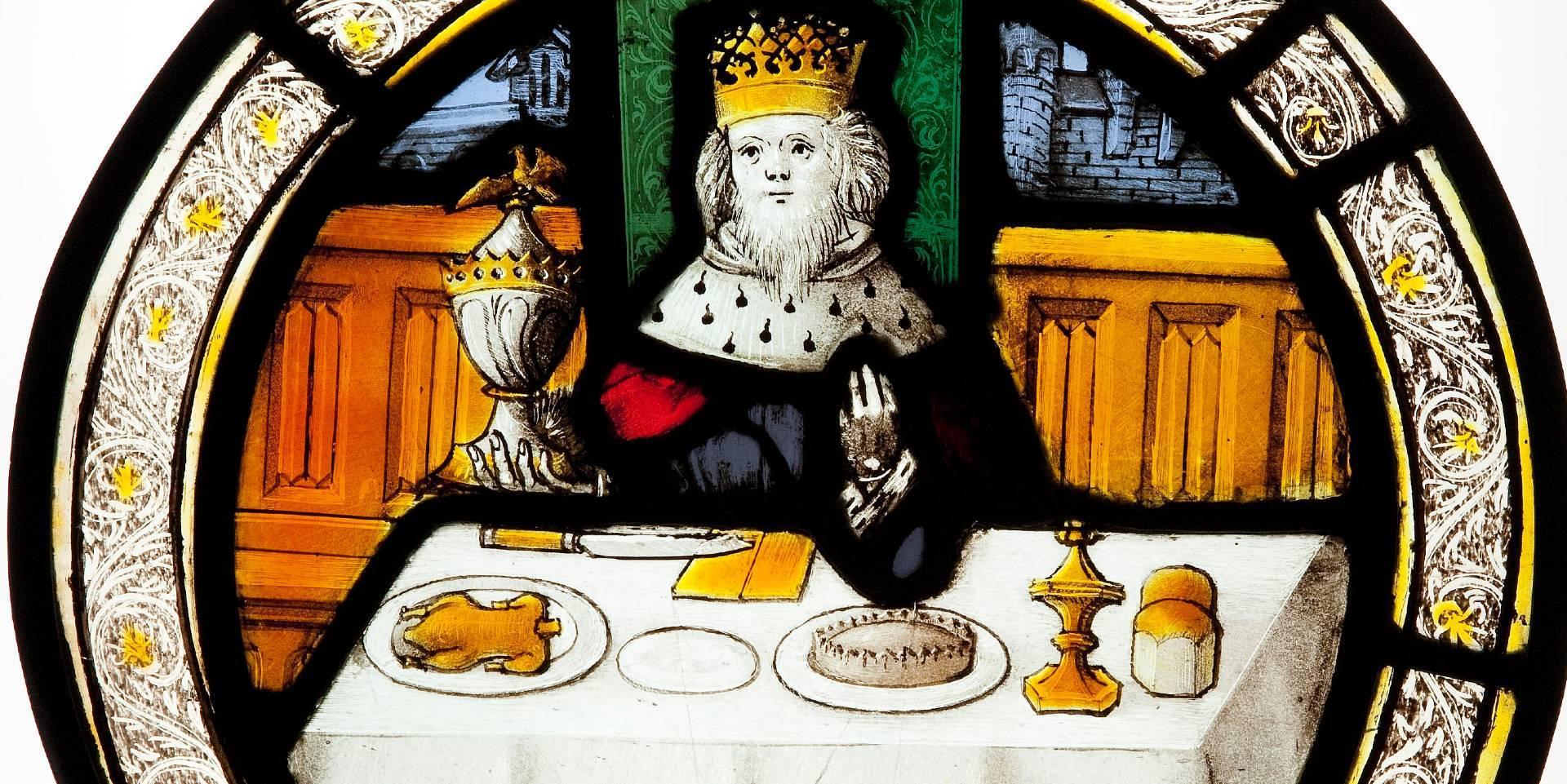Decorative arts collections
The decorative arts collections of Norwich Castle reflect design and decoration over 600 years, mainly in Britain, but with a few collections originating from other parts of the world.

Decorative arts are the 'arts of living': what we choose to have in our homes, expressions of our taste, and our sense of ourselves. Objects tell multi-layered stories about people and their lives.
Until the industrial revolution made widespread mass-production possible in the 19th century, even wealthy people owned far fewer possessions than we do today. Decorative objects for the home were prized as signs of prosperity and status. When the Wars of the Roses ended in 1485 with the Tudors taking power, in the years following people were able to celebrate the end of conflict with a new focus on consumer goods.
Norwich was an important mercantile centre, the 'second city' of England until the 18th century. There was sufficient wealth in Norwich from the 1400s to support thriving trades in luxury goods, including fine textiles, silver and stained glass. This unique Norwich-made silver and serpentine marble tankard is thought to have belonged to a Norwich mayor who lived at Stranger's Hall, where many other historic items from the city may be seen.
More recently, mass-production radically changed the decorative arts. Cheaper materials and industrial production methods brought fashionable objects within the reach of a much broader range of people. They also allowed styles to disseminate more widely and change more rapidly than ever before. Today, despite access to quality mass-produced items in whatever style, or from whatever country, we wish, there is still fascination in the skill and artistry of one-off hand-made art objects. The collection also includes contemporary craft objects by important living makers such as David Reekie, Richard Slee, Caroline Broadhead and Rod Kelly.
Norwich Castle owns the largest collection of British ceramic teapots in the world - around 2800! We owe this large number of teapots mostly to two collections: one bequeathed to the museum by local benefactor Edward Bulwer in 1947, and one bought from a collector, Philip Miller, in 1992. Between them, these provide a comprehensive 300-year history of the British teapot.
The collection also contains decorative arts from beyond Europe, mainly dating from the 18th to 20th centuries. For hundreds of years there has been a cross-fertilisation of ideas between East and West in the decorative arts. Many of the styles and motifs we think of as British either have multi-cultural origins, or are direct appropriations from colonised non-European countries. We have art objects from China, Japan, India, Africa and Tibet, many of which were made available either through East India Company trade or as a direct result of British imperial presence.
Timeline
1570s - 1580s

Apostle spoon depicting St. Matthew - This spoon was made in Kings Lynn by Thomas Cooke, one of three known goldsmiths working in the town in the sixteenth century. At the time a silver spoon was a sign of status. This one was probably originally owned by someone called Matthew.
1620s - 1630s

'Pietre dure' table-top, 'Galleria dei Lavori' - The art of pietre dure involves making complex pictures of precious and semi-precious stones inlaid into marble. This rare table-top once belonged to the Paston family of Oxnead Hall, Norfolk.
1738

Silver tureen - This tureen was made by George Wickes for Sir Robert Walpole (1676-1745), Britain's first Prime Minister. It is the only surviving piece from what would once have been a magnificent silver dinner service, made for Houghton Hall, Walpole's Norfolk home.
Early 19th century

Earthenware sugar box - Because many people in Norwich supported abolition, the collection contains artefacts relating to the campaigns to abolish slavery in the late eighteenth century. Examples include this sugar bowl, a souvenir of what was probably the first consumer protest of its kind, a boycott of sugar made using enslaved labour.
2011

'Dragon Boy I' by David Reekie - Norwich Castle's collections include important works in contemporary glass. This kiln-cast glass sculpture by David Reekie is an interpretation of Snap, the dragon traditionally used at the annual mayor-making procession in Norwich.







